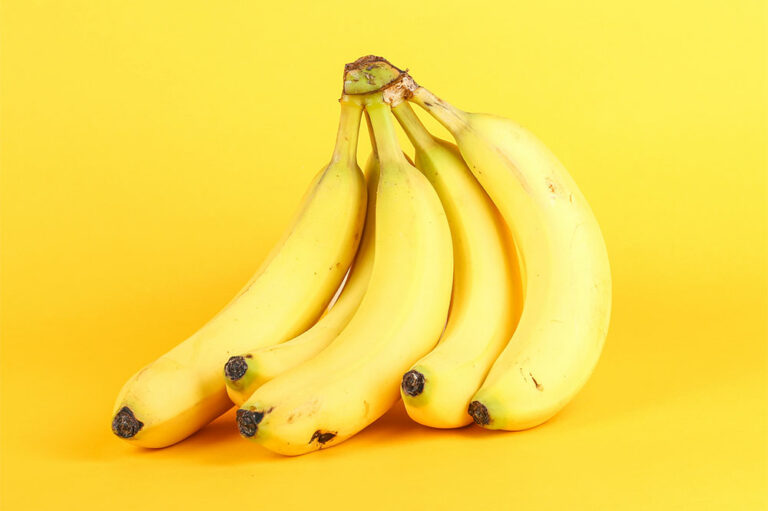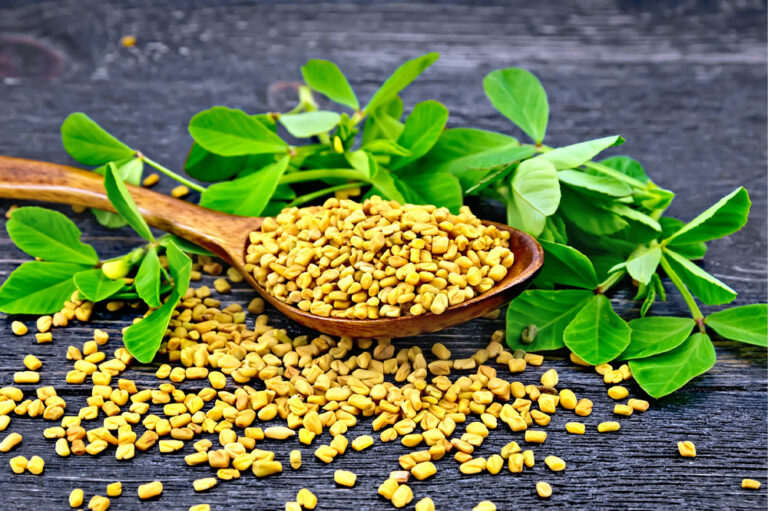
health
Osteoporosis – early signs and foods to help manage the symptoms
The bones in our body are living tissues that continuously move and repair on their own. As you age, the rate of repair becomes slow, leading to osteoporosis. This is a condition in which bone quality and density reduce. If you’re looking to prevent or slow the effect of osteoporosis, exercise and some changes in your daily meals go a long way. Take a look at early signs and foods that help relieve osteoporosis. Early signs One of the earliest signs of osteoporosis is a fracture of your wrist, back, hip, or any other bone due to mild trauma caused by a minor trip or fall. A bone injury from a previous fall can result in future fractures when you develop osteoporosis. A loss of height, change in posture, back pain, and a stooped posture are also early signs of osteoporosis. Foods to manage osteoporosis Eggs Eggs are a great source of vitamin D, essential for bone health. Vitamin D is a fat-soluble nutrient that forms on your skin after it’s exposed to the UV rays of the sun. It is vital for calcium absorption and the functioning of bone cells. Other foods rich in vitamin D are salmon, mackerel, tuna fish, fortified milk, beef liver, pork, and cheese.
Read More 









